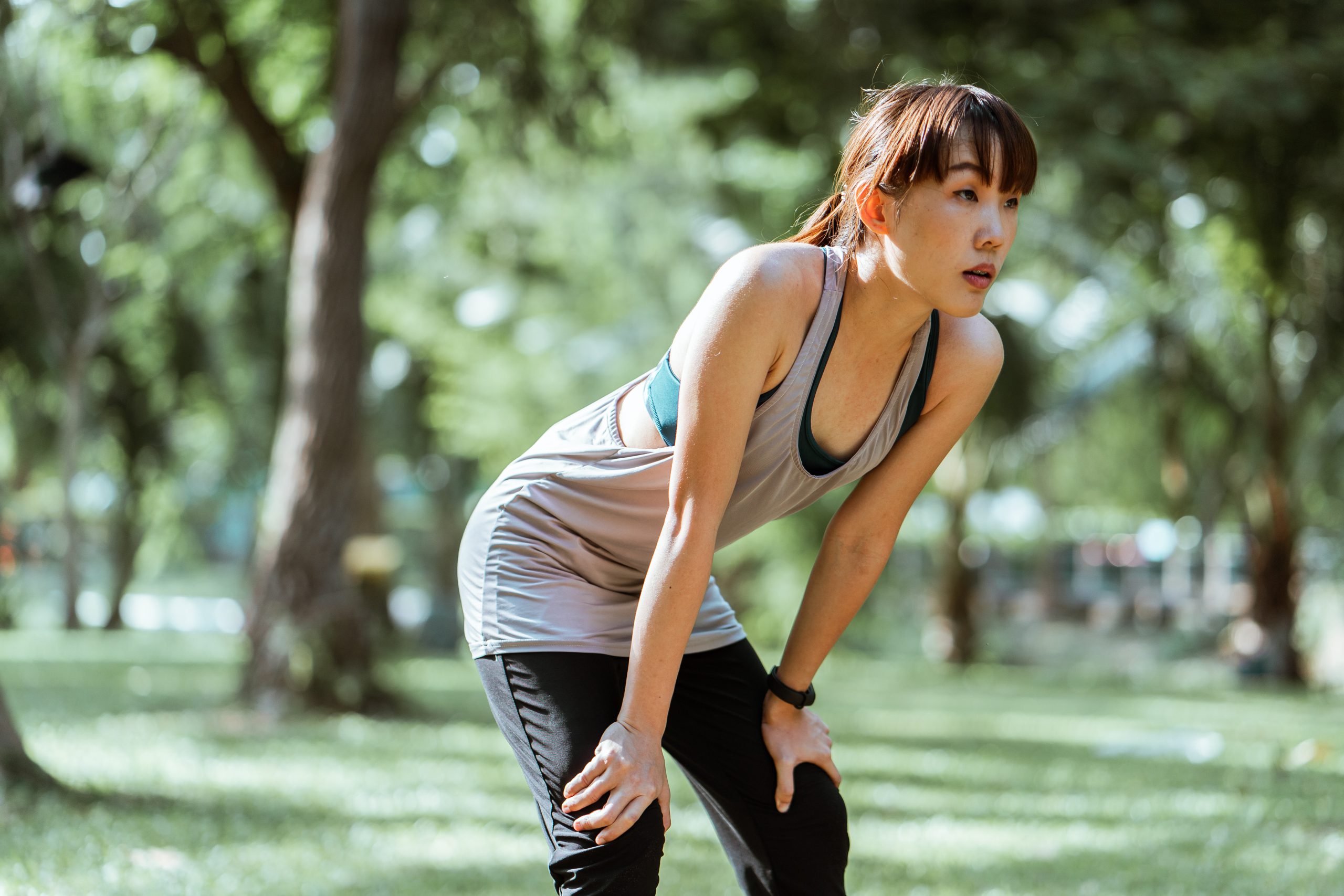Cooling down after exercise is an often overlooked but important part of any workout routine. A proper cool-down can help to reduce muscle soreness, improve flexibility, and prevent injury. In this blog post, we will explore the science behind cool-downs, the benefits they provide, and tips for incorporating them into your exercise routine.
What is Cool-Down?
Cool-down is the process of gradually reducing the intensity of your workout after you have completed your exercise session. It typically involves light cardio exercises, stretching, and deep breathing. The purpose of cool-down is to help your body transition from an active state to a resting state and prevent blood from pooling in your muscles.
The Benefits of Cool-Down
Body Health
Cool-downs are important because they help the body transition from the intense physical activity of exercise to a state of rest. During exercise, the body experiences an increase in heart rate, blood flow, and body temperature. Without a proper cool-down, these changes can cause blood to pool in the legs, leading to dizziness or fainting. A cool-down helps to gradually lower the heart rate, blood flow, and body temperature, reducing the risk of these negative side effects.
In addition to reducing the risk of negative side effects, cool-downs have been shown to have several other benefits. These benefits include reducing muscle soreness, improving flexibility, and preventing injury.
Reduces Muscle Soreness
One of the most noticeable benefits of a proper cool-down is the reduction of muscle soreness. This is known as delayed onset muscle soreness (DOMS) and can be extremely debilitating, making it difficult to exercise or perform everyday activities. DOMS is caused by the accumulation of lactic acid in the muscles and is a natural result of exercise.
By performing a cool-down after exercise, the body is able to flush out the lactic acid, reducing the severity and duration of DOMS. This can make it easier to exercise the next day, reducing the risk of injury and allowing you to make the most of your workouts.
Improves Flexibility
In addition to reducing muscle soreness, cool-downs can also help to improve flexibility. This is because a cool-down helps to relax the muscles, reducing the risk of stiffness and allowing for a greater range of motion. This can be especially beneficial for individuals who participate in sports that require a high degree of flexibility, such as gymnastics, dance, or martial arts.
Reduces Stress
Cooling down after a workout can help to reduce stress and anxiety by slowing down your heart rate and reducing the production of stress hormones like cortisol.
The Best Cool-Down Practices
Light Cardio
Start with 5-10 minutes of light cardio exercises, such as jogging, cycling, or rowing. This will help to reduce your heart rate and prevent blood from pooling in your muscles.
Stretching
Spend 5-10 minutes stretching your major muscle groups, such as your legs, arms, and back. Focus on slow and controlled movements, and hold each stretch for 15-30 seconds.
Deep Breathing
Take a few minutes to focus on deep breathing and relaxation. Close your eyes and take slow, deep breaths, and focus on relaxing your body and mind.
Hydration
Drink plenty of water to rehydrate your body and replenish any fluids lost during your workout.
In conclusion, the cool-down phase is an essential part of any exercise routine. By incorporating light cardio, stretching, deep breathing, and hydration into your cool-down routine, you can help prevent injury, reduce muscle soreness, enhance recovery, and reduce stress. So, don't skip the cool-down and take the time to properly care for your body after your workout.

Comments are closed!